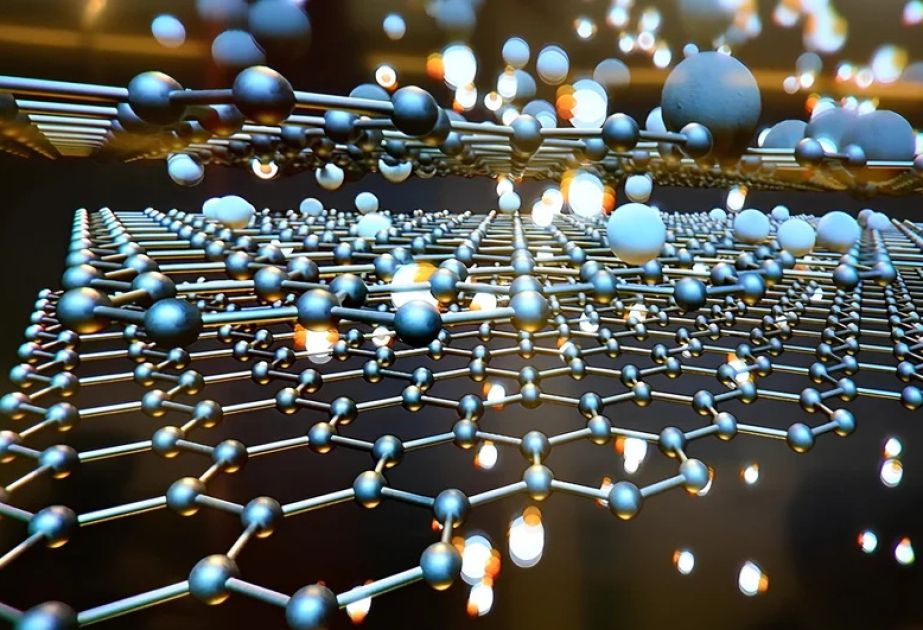2D hybrid material for future electronics create

By Alimat Aliyeva
A new material called glafene, created from graphene and quartz glass, is characterized by unique electronic behavior and strong interlayer bonds, Azernews reports.
One of the substances of particular interest among the promising materials of the future are layered structures just one atom thick. For example, graphene — a material consisting of single-layer carbon atoms arranged in a hexagonal crystal lattice — is known for its incredible strength and electrical conductivity. Although there are hundreds of similar materials, combining them into qualitatively new hybrid materials remains a serious challenge. Usually, such materials are simply stacked on top of each other, with almost no interaction between the layers.
An international research team led by scientists from Rice University has managed to solve this problem. They created a unique two-dimensional hybrid material by chemically integrating two completely different two-dimensional materials — graphene and quartz glass. This new material is called glafene.
According to the study’s lead author, Satvik Iyengar, a graduate student at Rice University, this new structure differs fundamentally from typical multilayer compounds. A true chemical bond forms here, leading to the emergence of unique electronic interactions and vibrations not present in the individual components.
To create the graphene, a special technology based on the reaction of a two-component precursor containing both silicon and carbon was used. The process was carried out in two stages: first, a graphene layer was grown, and then a thin silicon layer was formed on top of it. During this, oxygen levels and temperature conditions were precisely controlled. The special low-temperature and low-pressure device required for this process was developed in collaboration with scientists from Benares Hindu University in India.
Raman spectroscopy analysis showed that the new material exhibits unusual atomic vibrations that are absent in either pure graphene or silicon. This indicates the presence of strong interlayer connections and novel electronic behavior. The researchers found that this structure forms a new intermediate type of semiconductor material, giving it special physical properties.
Thus, the results prove that this new approach has great potential for creating composite materials with tailored properties. It is expected that such materials will find wide application in innovative 21st-century technologies — from flexible electronics and sensors to quantum computing and energy-efficient devices.
By combining the properties of graphene and quartz glass, glafene may pave the way for ultra-strong yet transparent electronic components, making it a promising material for next-generation displays and solar cells.
Here we are to serve you with news right now. It does not cost much, but worth your attention.
Choose to support open, independent, quality journalism and subscribe on a monthly basis.
By subscribing to our online newspaper, you can have full digital access to all news, analysis, and much more.
You can also follow AzerNEWS on Twitter @AzerNewsAz or Facebook @AzerNewsNewspaper
Thank you!
